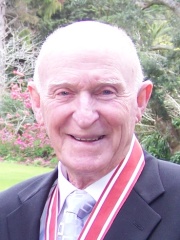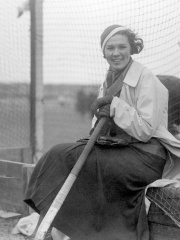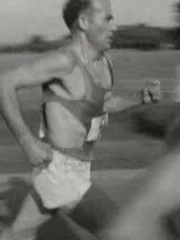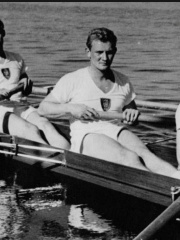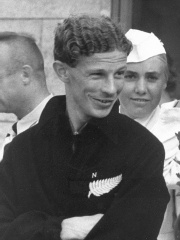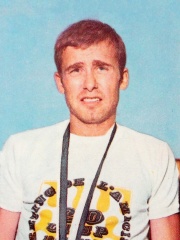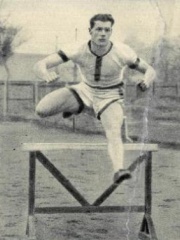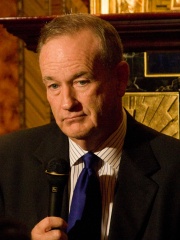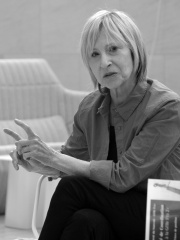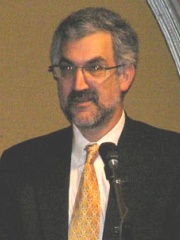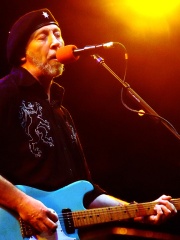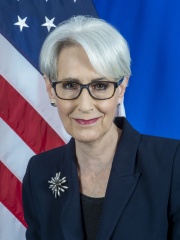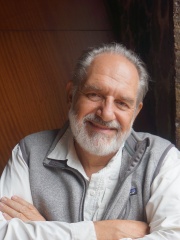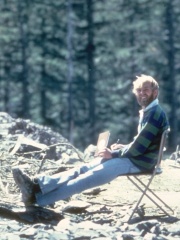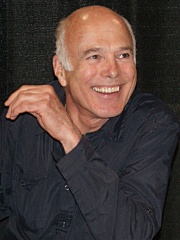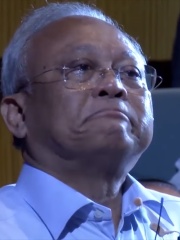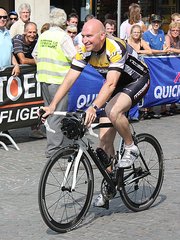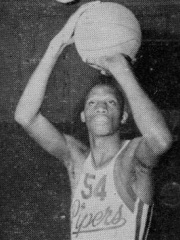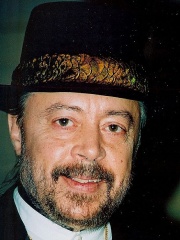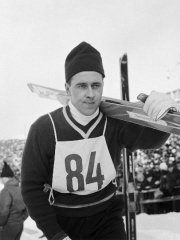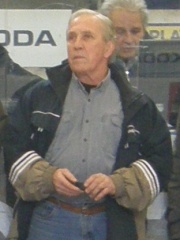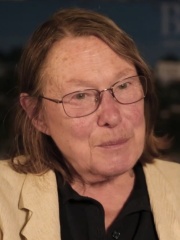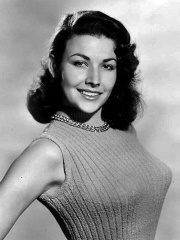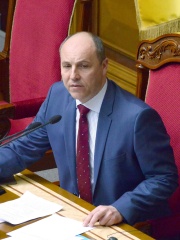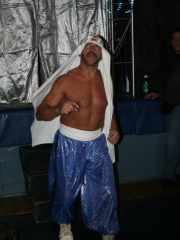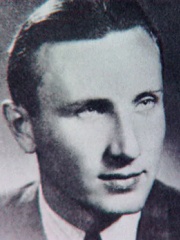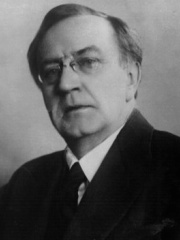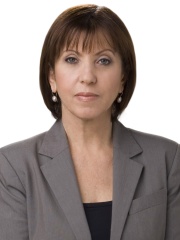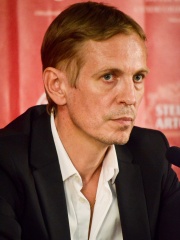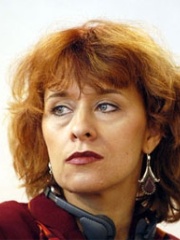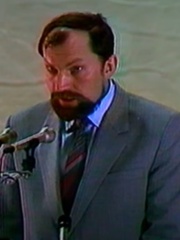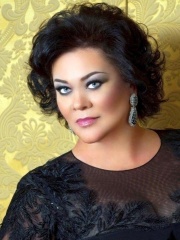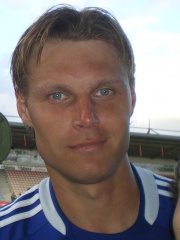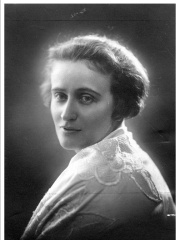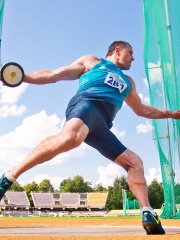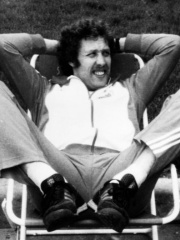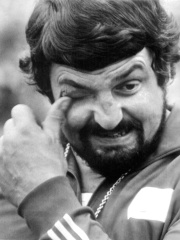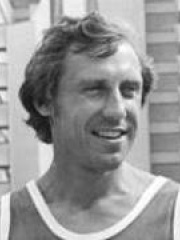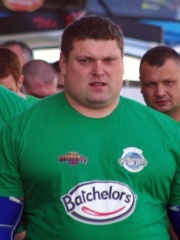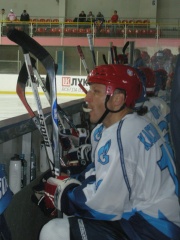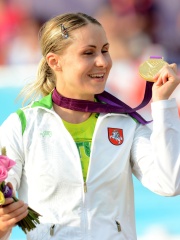ATHLETE
Kęstutis Šapka
1949 - 2025
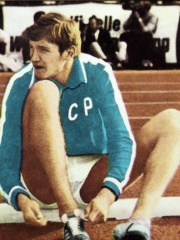
 Kęstutis Šapka
Kęstutis Šapka
Kęstutis Šapka (15 November 1949 – 11 October 2025) was a Lithuanian high jumper who represented the Soviet Union. He was inspired to become a professional high jumper after the 1968 Summer Olympics in Mexico and became one of the early adopters of Fosbury Flop. He retired due to recurring injuries. After retiring from competitions he worked as a trainer in Vilnius. Read more on Wikipedia
His biography is available in 15 different languages on Wikipedia. Kęstutis Šapka is the 1,679th most popular athlete (down from 1,520th in 2024), the 191st most popular biography from Lithuania (down from 190th in 2019) and the 7th most popular Lithuanian Athlete.
Memorability Metrics
Page views of Kęstutis Šapka by language
Among ATHLETES
Among athletes, Kęstutis Šapka ranks 1,679 out of 6,025. Before him are Murray Halberg, Herbert Gruber, Heather Oakes, Lien Gisolf, Archibald MacKinnon, and Tom Richards. After him are Marc Bouissou, Jack Lovelock, Eddy Ottoz, Bob Tisdall, Jalmari Eskola, and Takao Sakurai.
Most Popular Athletes in Wikipedia
Go to all RankingsMurray Halberg
1933 - 2022
HPI: 53.31
Rank: 1,673
Herbert Gruber
1942 - Present
HPI: 53.30
Rank: 1,674
Heather Oakes
1959 - Present
HPI: 53.29
Rank: 1,675
Lien Gisolf
1910 - 1993
HPI: 53.29
Rank: 1,676
Archibald MacKinnon
1937 - Present
HPI: 53.28
Rank: 1,677
Tom Richards
1910 - 1985
HPI: 53.28
Rank: 1,678
Kęstutis Šapka
1949 - 2025
HPI: 53.28
Rank: 1,679
Marc Bouissou
1931 - 2018
HPI: 53.27
Rank: 1,680
Jack Lovelock
1910 - 1949
HPI: 53.27
Rank: 1,681
Eddy Ottoz
1944 - Present
HPI: 53.26
Rank: 1,682
Bob Tisdall
1907 - 2004
HPI: 53.26
Rank: 1,683
Jalmari Eskola
1886 - 1958
HPI: 53.26
Rank: 1,684
Takao Sakurai
1941 - 2012
HPI: 53.26
Rank: 1,685
Contemporaries
Among people born in 1949, Kęstutis Šapka ranks 580. Before him are Bill O'Reilly, Sanja Iveković, Daniel Pipes, Richard Thompson, Wendy Sherman, and Jack McGee. After him are Gregory Areshian, David A. Johnston, Michael Hogan, Bonnie J. Dunbar, Suthep Thaugsuban, and Rauno Miettinen. Among people deceased in 2025, Kęstutis Šapka ranks 371. Before him are Ludo Dierckxsens, Dick Barnett, Chuck Mangione, Niilo Halonen, Josef Černý, and Tomo Sakurai. After him are Manuel Lapuente, Clodagh Rodgers, Mary K. Gaillard, Mara Corday, Andriy Parubiy, and Sabu.
Others Born in 1949
Go to all RankingsBill O'Reilly
WRITER
1949 - Present
HPI: 53.63
Rank: 574
Sanja Iveković
PHOTOGRAPHER
1949 - Present
HPI: 53.54
Rank: 575
Daniel Pipes
HISTORIAN
1949 - Present
HPI: 53.44
Rank: 576
Richard Thompson
SINGER
1949 - Present
HPI: 53.40
Rank: 577
Wendy Sherman
DIPLOMAT
1949 - Present
HPI: 53.31
Rank: 578
Jack McGee
ACTOR
1949 - Present
HPI: 53.29
Rank: 579
Kęstutis Šapka
ATHLETE
1949 - 2025
HPI: 53.28
Rank: 580
Gregory Areshian
HISTORIAN
1949 - 2020
HPI: 53.27
Rank: 581
David A. Johnston
GEOLOGIST
1949 - 1980
HPI: 53.26
Rank: 582
Michael Hogan
ACTOR
1949 - Present
HPI: 53.25
Rank: 583
Bonnie J. Dunbar
ASTRONAUT
1949 - Present
HPI: 53.23
Rank: 584
Suthep Thaugsuban
POLITICIAN
1949 - Present
HPI: 53.22
Rank: 585
Rauno Miettinen
SKIER
1949 - Present
HPI: 53.22
Rank: 586
Others Deceased in 2025
Go to all RankingsLudo Dierckxsens
CYCLIST
1964 - 2025
HPI: 53.75
Rank: 365
Dick Barnett
BASKETBALL PLAYER
1936 - 2025
HPI: 53.75
Rank: 366
Chuck Mangione
MUSICIAN
1940 - 2025
HPI: 53.61
Rank: 367
Niilo Halonen
SKIER
1940 - 2025
HPI: 53.60
Rank: 368
Josef Černý
HOCKEY PLAYER
1939 - 2025
HPI: 53.35
Rank: 369
Tomo Sakurai
ACTOR
1971 - 2025
HPI: 53.28
Rank: 370
Kęstutis Šapka
ATHLETE
1949 - 2025
HPI: 53.28
Rank: 371
Manuel Lapuente
SOCCER PLAYER
1944 - 2025
HPI: 53.24
Rank: 372
Clodagh Rodgers
SINGER
1947 - 2025
HPI: 53.20
Rank: 373
Mary K. Gaillard
PHYSICIST
1939 - 2025
HPI: 53.14
Rank: 374
Mara Corday
ACTOR
1930 - 2025
HPI: 53.12
Rank: 375
Andriy Parubiy
POLITICIAN
1971 - 2025
HPI: 53.08
Rank: 376
Sabu
WRESTLER
1964 - 2025
HPI: 53.07
Rank: 377
In Lithuania
Among people born in Lithuania, Kęstutis Šapka ranks 191 out of 328. Before him are Stepas Butautas (1925), Vasily Kachalov (1875), Arminas Narbekovas (1965), Zehava Gal-On (1956), Šarūnas Bartas (1964), and Vytautas Žalakevičius (1930). After him are Jurga Ivanauskaitė (1961), Albertas Šimėnas (1950), Violeta Urmana (1961), Edgaras Jankauskas (1975), Kazimiera Iłłakowiczówna (1892), and Sigitas Geda (1943).
Others born in Lithuania
Go to all RankingsStepas Butautas
BASKETBALL PLAYER
1925 - 2001
HPI: 53.82
Rank: 185
Vasily Kachalov
ACTOR
1875 - 1948
HPI: 53.75
Rank: 186
Arminas Narbekovas
SOCCER PLAYER
1965 - Present
HPI: 53.72
Rank: 187
Zehava Gal-On
POLITICIAN
1956 - Present
HPI: 53.66
Rank: 188
Šarūnas Bartas
FILM DIRECTOR
1964 - Present
HPI: 53.45
Rank: 189
Vytautas Žalakevičius
FILM DIRECTOR
1930 - 1996
HPI: 53.31
Rank: 190
Kęstutis Šapka
ATHLETE
1949 - 2025
HPI: 53.28
Rank: 191
Jurga Ivanauskaitė
WRITER
1961 - 2007
HPI: 53.27
Rank: 192
Albertas Šimėnas
POLITICIAN
1950 - Present
HPI: 53.26
Rank: 193
Violeta Urmana
SINGER
1961 - Present
HPI: 52.86
Rank: 194
Edgaras Jankauskas
SOCCER PLAYER
1975 - Present
HPI: 52.79
Rank: 195
Kazimiera Iłłakowiczówna
WRITER
1892 - 1983
HPI: 52.67
Rank: 196
Sigitas Geda
WRITER
1943 - 2008
HPI: 52.31
Rank: 197
Among ATHLETES In Lithuania
Among athletes born in Lithuania, Kęstutis Šapka ranks 7. Before him are Virgilijus Alekna (1972), Władysław Kozakiewicz (1953), Władysław Komar (1940), Hans-Georg Reimann (1941), Remigijus Valiulis (1958), and Romas Ubartas (1960). After him are Robertas Žulpa (1960), Žydrūnas Savickas (1975), Nijolė Sabaitė (1950), Darius Kasparaitis (1972), Lina Kačiušytė (1963), and Laura Asadauskaitė (1984).
Virgilijus Alekna
1972 - Present
HPI: 58.19
Rank: 1
Władysław Kozakiewicz
1953 - Present
HPI: 58.07
Rank: 2
Władysław Komar
1940 - 1998
HPI: 56.53
Rank: 3
Hans-Georg Reimann
1941 - Present
HPI: 56.22
Rank: 4
Remigijus Valiulis
1958 - 2023
HPI: 55.78
Rank: 5
Romas Ubartas
1960 - Present
HPI: 53.93
Rank: 6
Kęstutis Šapka
1949 - 2025
HPI: 53.28
Rank: 7
Robertas Žulpa
1960 - 2024
HPI: 51.99
Rank: 8
Žydrūnas Savickas
1975 - Present
HPI: 50.78
Rank: 9
Nijolė Sabaitė
1950 - Present
HPI: 50.78
Rank: 10
Darius Kasparaitis
1972 - Present
HPI: 49.62
Rank: 11
Lina Kačiušytė
1963 - Present
HPI: 48.71
Rank: 12
Laura Asadauskaitė
1984 - Present
HPI: 48.37
Rank: 13
